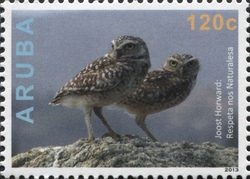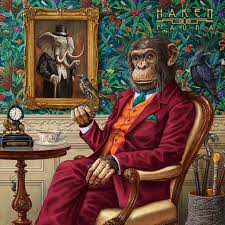Stamp: Photography (Aruba 2013)
Photography (Aruba 2013)
12 November (Aruba ) within release Aruban Nature goes into circulation Stamp Photography face value 1.20 Aruban florin
| Stamp Photography in catalogues | |
|---|---|
| WADP Numbering System - WNS: | WAD:AW065.13 |
Stamp is horizontal format.
Also in the issue Aruban Nature:
- Stamp - Photography face value 1.20;
- Stamp - Photography face value 1.20;
- Stamp - Photography face value 1.20;
- Stamp - Photography face value 1.20;
- Stamp - Photography face value 1.20;
- Stamp - Photography face value 1.20;
- Stamp - Photography face value 1.20;
- Stamp - Photography face value 1.20;
- Stamp - Photography face value 1.20;
- Stamp - Photography face value 1.20;
|
Data entry completed
80%
|
|
|---|---|
| Stamp Photography in digits | |
| Country: | Aruba |
| Date: | 2013-11-12 |
| Size: | 36 x 26 |
| Perforation: | 14 by 14 |
| Format: | Stamp |
| Face Value: | 1.20 Aruban florin |
Stamp Photography it reflects the thematic directions:
In European academic traditions, fine art is made primarily for aesthetics or creative expression, distinguishing it from decorative art or applied art, which also has to serve some practical function, such as pottery or most metalwork. In the aesthetic theories developed in the Italian Renaissance, the highest art was that which allowed the full expression and display of the artist's imagination, unrestricted by any of the practical considerations involved in, say, making and decorating a teapot. It was also considered important that making the artwork did not involve dividing the work between different individuals with specialized skills, as might be necessary with a piece of furniture, for example. Even within the fine arts, there was a hierarchy of genres based on the amount of creative imagination required, with history painting placed higher than still life.
Photography is the art, application, and practice of creating images by recording light, either electronically by means of an image sensor, or chemically by means of a light-sensitive material such as photographic film. It is employed in many fields of science, manufacturing (e.g., photolithography), and business, as well as its more direct uses for art, film and video production, recreational purposes, hobby, and mass communication. A person who captures or takes photographs is called a photographer.
Fauna (pl.: faunae or faunas) is all of the animal life present in a particular region or time. The corresponding terms for plants and fungi are flora and funga, respectively. Flora, fauna, funga and other forms of life are collectively referred to as biota. Zoologists and paleontologists use fauna to refer to a typical collection of animals found in a specific time or place, e.g. the "Sonoran Desert fauna" or the "Burgess Shale fauna". Paleontologists sometimes refer to a sequence of faunal stages, which is a series of rocks all containing similar fossils. The study of animals of a particular region is called faunistics.
Birds (Aves), a subgroup of Reptiles, are the last living examples of Dinosaurs. They are a group of endothermic vertebrates, characterised by feathers, toothless beaked jaws, the laying of hard-shelled eggs, a high metabolic rate, a four-chambered heart, and a strong yet lightweight skeleton. Birds live worldwide and range in size from the 5 cm (2 in) bee hummingbird to the 2.75 m (9 ft) ostrich. They rank as the class of tetrapods with the most living species, at approximately ten thousand, with more than half of these being passerines, sometimes known as perching birds. Birds are the closest living relatives of crocodilians.




